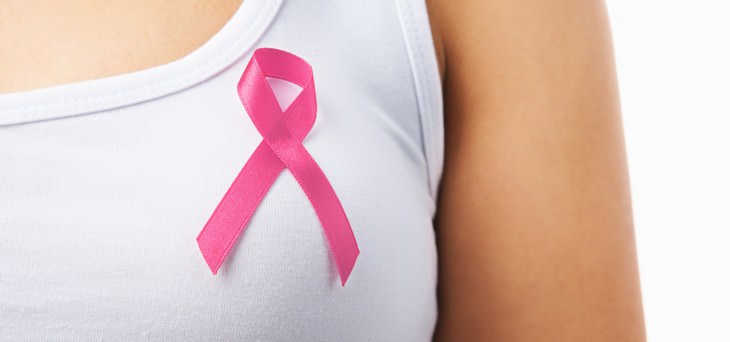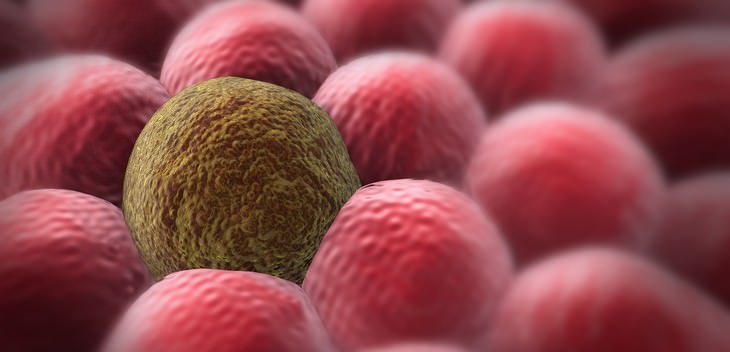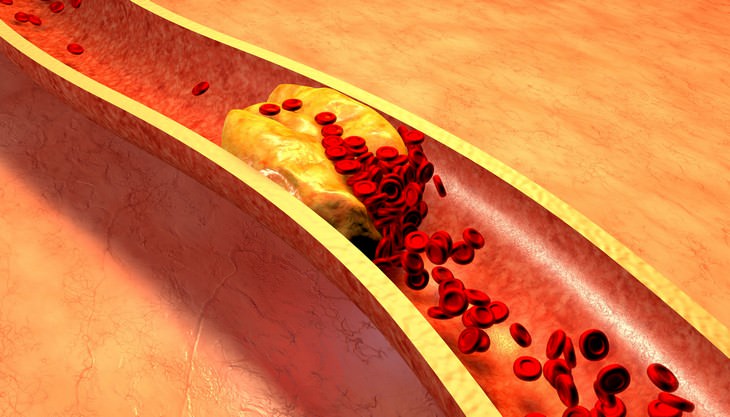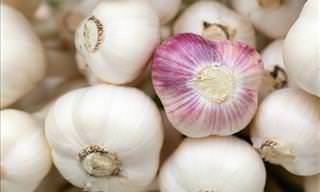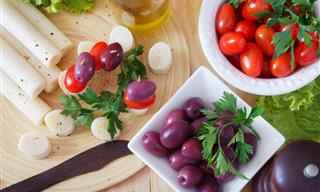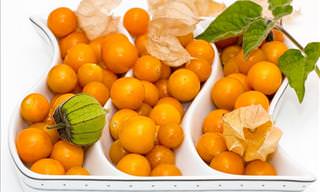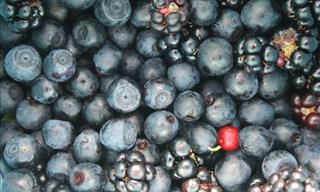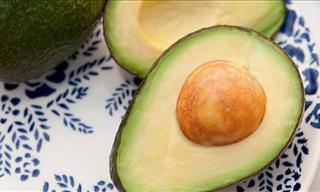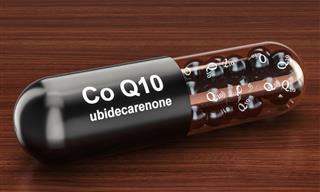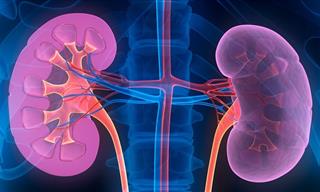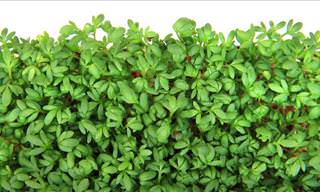About Watercress
Watercress is a leaf of the cruciferous or brassica vegetable family, related to other nutritious powerhouses such as Brussels sprouts, cabbage, kale, and broccoli.
The dark green leaf, watercress, naturally grows in slow meandering streams and spring water. With its soft leaves, crunchy stalks, and somewhat peppery taste, watercress has long been appreciated as a tasty addition to any salad, soup, or sandwich. For some brilliant watercress based recipes click here. Yet, what really sets it apart are its inestimable health benefits.
The Aggregate Nutrient Density Index (ANDI) measurement is based on the vitamin, mineral, and phytonutrient content per calorie, with scores ranging between 1 to 1000. Incredibly, watercress achieves the highest possible score of 1000. Furthermore, watercress is ranked at number 1 on the CDC nutrition density list, thanks to its awesome nutritional make-up.
You can imagine that with a reputation like this watercress must have some fantastic health benefits, and so it does. Here are 8 healthy reasons to put watercress back on the menu in your kitchen!
1. Prevents Cancer
A 1996 review in the Journal of the American Dietetic Association concluded that 70% of studies have demonstrated links between cruciferous vegetables, like watercress, and cancer. That’s largely because cruciferous veggies contain glucosinolate phytonutrients, that are part of the isothiocyanates (ITCs) family. Watercress contains a whole lot of two particular ITCs, namely indole-3-carbinol (I3C) and sulforaphane. According to the National Institute of Cancer, these compounds:
• Help protect cells from DNA damage
• Inactivate carcinogens
• Have antiviral and antibacterial benefits
• Have anti-inflammatory properties
• Induce cell death (apoptosis)
• Prevent tumor blood vessel formation and tumor cell migration (necessary for metastasis)
Another glucosinolate called gluconasturtiin – a precursor to the ITC phenethyl isothiocyanate (PEITC) is also plentifully abundant in watercress. In fact, watercress has more PEITC than every other cruciferous vegetable. Bearing in mind that PEITC has long been studied for its ability to prevent cancer, this is great news! A study into PEITC found that it can prevent new blood vessel formation, stopping tumors from having the access to blood supply that sees them grow.
Furthermore, tumors come about because of low oxygen levels in the body, yet when they grow they require more oxygen than they can get, leading them to send signals to create a direct blood supply. The molecule that stimulates the development of these blood vessels for the tumor is called Hypoxia-inducible factor (HIF).
One study claims that watercress can ‘turn off’ this HIF. Four healthy breast cancer survivors consumed two cups of watercress, which led to an elevation in their PEITC levels and a reduction in HIF activity. This means that the watercress not only raised levels of cancer-fighting phytonutrients, but it also made their bodies less hospitable for cancer growth.
Another fascinating study conducted at the University of Ulster required 60 men and women (half smokers) to add 3 oz. raw watercress to their daily diets for two months. The researchers measured the extent of DNA damage to their lymphocytes and plasma lutein, retinol, alpha-tocopherol, and beta-carotene before and after the trial.
The results found that eating watercress daily led to:
• Reduced basal DNA damage, by 17%
• Increased beta-carotene levels, by 33%
• Massively increased lutein levels, by 100%
Interestingly, it was the smokers who saw greater DN-protective results from watercress than the non-smokers. Their report states: “The results support the theory that consumption of watercress can be linked to a reduced risk of cancer via decreased damage to DNA and… by [possibly] increasing carotenoid concentrations.”
2. Treats Cancer and Protects Healthy Cells
Watercress contains two important cancer treating properties: sulforaphane and diindolylmethane.
Sulforaphane is a compound that can stop histone deacetylase (HDAC) – and enzyme that helps cancer cell progression. One study has observed that sulforaphane selectively targets cancers and benign cells that show early signs of abnormality, while leaving healthy prostate cells untouched. All of which makes sulforaphane a rare thing indeed, an effective and safe cancer treatment.
A study of diindolylmethane (DIM), a metabolite of I3C, from Georgetown University has shown even more promise relating to watercress’s ability to help treat cancer. The researchers gave rats a lethal dose of radiation, which caused all the untreated rats to die. Yet those who received daily DIM injections for two weeks stayed alive. A repeated study on mice found that the DIM-treated mice had a greater level of red and white blood cells, and platelets, whereas these numbers usually fall during radiation therapy.
All of this prompted Jeannie Gazzaniga-Moloo, PhD, RD to say: “When we have consistent findings showing protective effects [in cruciferous vegetables], we need to pay attention to it. Cruciferous vegetables should be at the top of the list of what we’re recommending [people eat].”
3. Protects Your Eyes
A deficiency of lutein and zeaxanthin has been associated with age-related macular degeneration (AMD). But fortunately, watercress is a top source for these two special carotenoids, as well as other eye enhancing nutrients like vitamin A and beta-carotene.
The American Optometric Association says that AMD is the greatest cause of blindness in people aged over 55, and its incidence is expected to triple by 2025. Therefore, to give your body enough of these AMD and cataract defying nutrients, you should try to make watercress a staple part of your diet. A single cup of raw watercress contains around 1961 mcg of zeaxanthin and lutein.
4. Reduces Blood Pressure and Helps Your Heart
People with cardiovascular disease can also be helped by eating lutein and zeaxanthin rich foods, such as watercress. One study concludes that high blood levels of lutein and zeaxanthin are associated with reduced atherosclerosis (artery hardening). Furthermore, those with higher levels of carotenoid blood levels have a much-reduced risk of suffering from heart attacks.
The high nitrate levels of watercress also have a positive effect on heart health. Nitrates are the salt of nitric acid – they are essential nutrients for plant growth. Though nitrates can have some negative effects on humans, because some vegetables, like watercress, contain vitamin C, which naturally inhibits nitrosamines, eating them gives us all the health benefits and none of the negatives. Here are some of the possible health benefits to be gained from increased nitrate consumption:
• Reduced blood pressure
• Inhibited platelet aggregation
• Improved endothelial dysfunction
• Enhanced exercise performance in both healthy individuals and those with peripheral arterial disease
Nitrates and nitrites are converted to nitric oxide in your blood. Having a high level of nitric oxide has been associated with relaxed blood vessels and low blood pressure. Very high levels can also prevent blood clotting.
One study centered on 17 young healthy adults recorded a decreased diastolic blood pressure of 3.7 mm Hg. when they consumed 15-250 grams of nitrate-rich vegetables including watercress – in only three days!
5. Lowers Cholesterol
Did you know that watercress is probably the best vegetable out there for fighting high cholesterol? A study into rats with high cholesterol who were fed watercress daily for one month showed the following astonishing changes:
• A reduction in triglycerides by 43%
• A decrease in total cholesterol by 37%
• A reduction of LDL, ‘bad’ cholesterol, by 49%
• An increase of HDL, ‘good’ cholesterol, by 16%
A similar study on rats that consume a high fat diet found that, by adding watercress to their diet, their total cholesterol, triglycerides, and LDL levels were normalized, in only 10 days.
6. Keeps Your Bones Strong and Healthy
Though many of us grew up with the notion that milk is the greatest drink for boosting calcium levels, we should probably have been drinking a watercress smoothie instead, according to science, since watercress has more bioavailable calcium than cow’s milk - every gram of watercress contains 1.5 mg calcium, compared to 1.13 mg for milk.
Furthermore, milk contains a rather hard-to-digest protein called casein, which is not to be found in watercress. Therefore, watercress is easier on your body. One study published in the American Journal of Clinical Nutrition warns against the habit of acquiring the bulk of one’s calcium from dairy since the attendant casein, calcium, lactose, saturated fat, and cholesterol can lead to poor health.
Also, a deficiency in vitamin K has been associated with an increased risk of bone fractures. This is because vitamin K boosts your body’s capacity to absorb calcium. Fortunately, a single cup of watercress will give you all the vitamin K you need for the day.
Since one study has shown that women with adequate levels of vitamin K are less likely to break a hip, you should now be feeling convinced that watercress should become a regular part of you diet.
7. Manages Diabetes
Researchers from one study tried to replace the insulin treatment of type 2 diabetes in rats with watercress extract. They found that the rats treated with watercress for the longest amount of time had the lowest blood sugar levels.
Watercress also contains the antioxidant, alpha-lipoic acid. This has been studied for its reputed role in:
• Lowering glucose levels
• Increasing insulin sensitivity
• Preventing oxidative stress-induced changes in diabetic patients
Though it’s still much too early to state definitively that watercress as a natural supplement is as effective as prescription drugs, it’s certainly not wrong to say that this may become a possibility in the future following more clinical trials.
8. Gets Your Skin Healthy and Beautiful
Because watercress contains a wealth of minerals and antioxidants, its ability to improve our skin’s health by flushing out toxins is indisputable. In one four-week study, 10 out of 11 women saw “visible improvements in their skin” after they had added a bag of watercress to their daily diet. Specifically, the watercress was credited with a reduction in visible wrinkles, and improved skin texture, a decrease in brown spots, and fewer skin bacteria.
3 Cups (100g) of watercress provides 72% of one’s daily recommended intake of vitamin C, and antioxidant that combats the free-radicals that threaten our skin with rapid aging, wrinkles, and dull spots. Vitamin C is also essential for the collagen creation that improves our skin’s elasticity and firmness.
For some delicious watercress recipes click here
H/T: nutritionsecrets.com
Images courtesy of Depositphotos
 Go to BabaMail
Go to BabaMail



